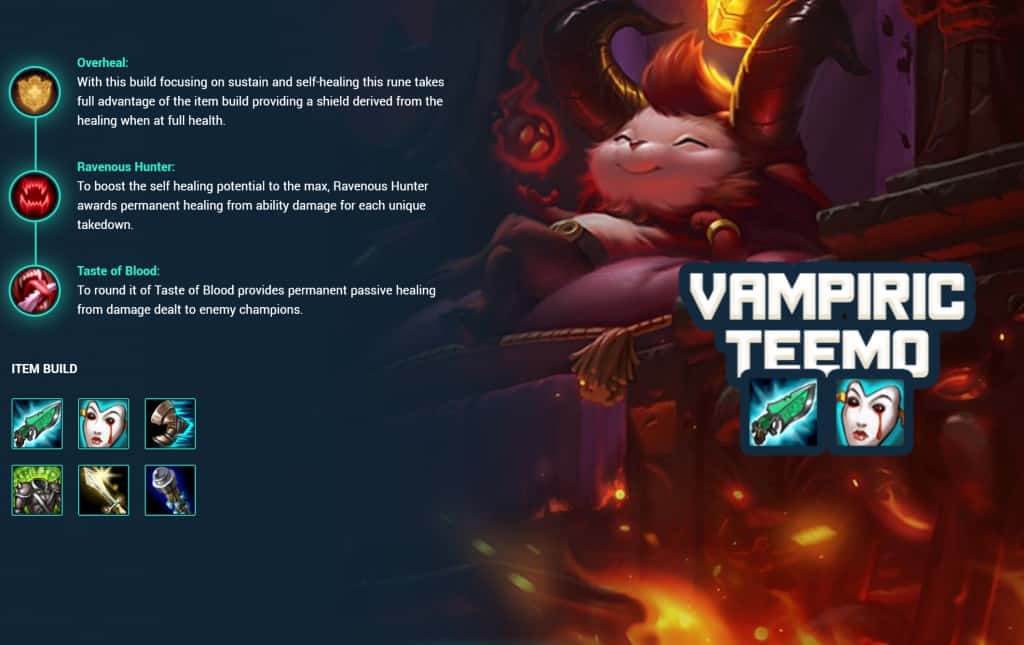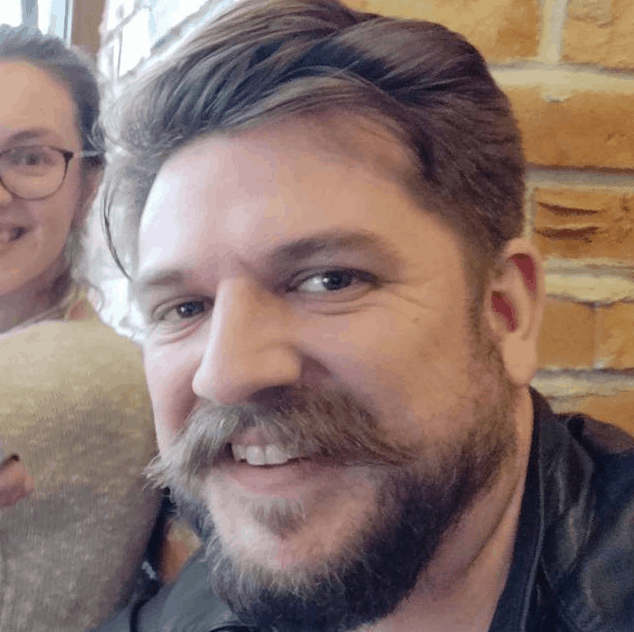Breaking into the $135B industry of gaming, 20kL has developed a dashboard analytics solution for League of Legends. Nemo is targeted on active players of the world’s biggest online game with annual revenue of $1.4B. An accurate distinction of skill brackets and a clear path to becoming a professional player make the solution attractive to casual users and aspiring pros alike.
Thanks to League of Legends’ vast API, a lot of analytics services have been running since the beginning of the 2010s. However, most services require accessing an external website. It deters a lot of players from analytics services, as they would have to switch back and forth between LoL browser windows. A standalone desktop application is required to get such players on board.
Another user concern with analytics services is data reliability. Taking simple statistics like win rates at face value is wrong because they do not give the whole picture. Sometimes, inexperienced players skew the win rate down for popular champions; some characters are mostly used by veterans who win often with them. To attract the skeptics, it’s better to come up with a different metric.
Regular analytics data (win rates, most effective items, level up sequences) provide little value to casual players. After installing a tool, such users may stop using it in less than two weeks, as they see no point in updating the tool to match a game patch. Additional engagement mechanic is required to retain the casual player base.

Regular analytics data (win rates, most effective items, level up sequences) provide little value to casual players. After installing a tool, such users may stop using it in less than two weeks, as they see no point in updating the tool to match a game patch. Additional engagement mechanic is required to retain the casual player base.
Gamers love valuable insights from analytics services. Gamers hate going to websites of such services.
We offer app instead of website. We retain casual users by keeping things fresh.
Our product is ready to share the knowledge. It will be wrapped and released shortly.
Instead of looking at overall win rates, Nemo takes a step back and looks at early game performances. It evaluates how well characters in one lane handle their rivals during the first 15 minutes. Even in matchmade games with professional players, the state of the game at 15:00 often defines the result. Coming out ahead in the lane is often the sole goal of players who queue up for solo matchmaking.
We retain casual players by providing them with alternative ways of playing the characters. Nemo defines several thematic item and rune sets for players to employ a certain strategy (pure aggression, hit-and-run, etc.) and have fun even despite a small burnout. The sets are complemented with alternative character visuals to help players choose between the options.


Simon Kaastrup-Olsen
Chief Cheese
Nemo is still a work-in-progress product. However, it already interacts with Riot Games’ database to get the data and provides it to the users. Nemo will be released when the work on the UX concludes.
Technology: Computer Vision, Big Data
Tools and framework: Python

Simon Kaastrup-Olsen
Chief Cheese